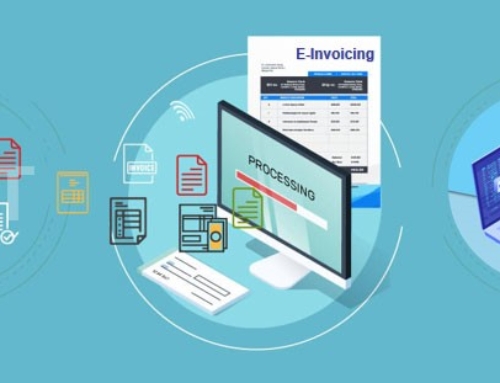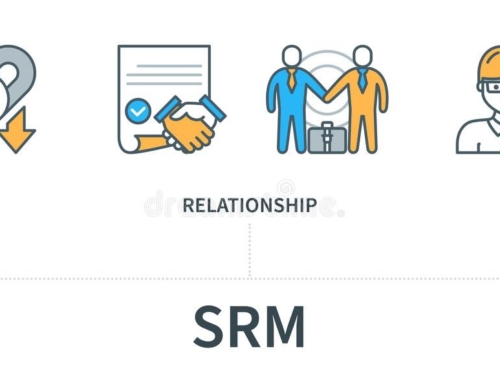As a CIO, I know that digital transformation is a critical priority for our organization. The world is changing fast, and we need to be agile and responsive to stay ahead of the competition and meet the evolving needs of our customers. To achieve this, we must embark on a digital transformation journey, but we must do so carefully, keeping in mind some important dos and don’ts.
DOs:
The first thing we need to do is to align our digital transformation efforts with our business objectives. We must establish clear goals and metrics that are aligned with the overall business strategy. This will help ensure that all stakeholders are working towards a common goal, and that progress can be tracked over time.
We must also foster a culture of innovation. We need to encourage our employees to experiment with new ideas and technologies. We must provide them with the resources they need to be successful and reward them for their successes.
Investing in the right technologies is also critical. We must work closely with our technology partners to evaluate new technologies and identify the ones that can help us achieve our objectives.
Another critical aspect of digital transformation is change management. We must ensure that our employees are prepared for the changes that come with digital transformation initiatives. Effective change management can help to ensure that employees are prepared for these changes and that they have the skills and resources they need to be successful.
We must focus on creating a culture of data-driven decision making. Digital transformation generates a lot of data, and using this data to make informed decisions can help optimize processes and drive continuous improvement.
We must involve our employees in the planning and implementation process. This will help to ensure buy-in and ownership of the digital transformation initiatives.
We must keep our customers at the center of our digital transformation initiatives. We must have a deep understanding of their needs and preferences, and the ability to leverage technology to meet these needs.
We must ensure that we have a strong cyber security posture. Digital transformation initiatives often involve the use of new technologies and data, and a strong cyber security posture is critical to protecting sensitive information and ensuring the privacy and security of customers and employees.
Finally, we must commit ourselves to continuous improvement. Digital transformation is a journey, not a destination, and a commitment to continuous improvement is critical to long-term success. We must regularly evaluate the impact of our digital transformation initiatives and make adjustments as needed to stay ahead of the competition and meet evolving customer needs.
DON’Ts:
As we embark on our digital transformation journey, there are some things we must avoid. We must not focus solely on technology. While technology is a critical enabler of digital transformation, it is not the only factor. We must also focus on people, processes, and culture.
We must not overlook cyber security. Digital transformation initiatives often involve the use of new technologies and data, and a strong cyber security posture is critical to protecting sensitive information and ensuring the privacy and security of customers and employees.
We must not ignore legacy systems. Digital transformation initiatives often require significant changes to organizational structures, business processes, and technology systems. We must be mindful of the impact of these changes on our existing systems and processes.
We must not rush into implementation. Digital transformation initiatives require careful planning and execution. We must take the time to evaluate new technologies, identify the right partners, and develop a comprehensive implementation plan.
EXAMPLES:
Let me provide some examples of digital transformation initiatives that we have undertaken. First, we have implemented a cloud-based CRM system that has improved our customer engagement and streamlined our sales processes. Second, we have invested in a data analytics platform that has enabled us to make data-driven decisions and optimize our supply chain processes. Finally, we have implemented a mobile app that has improved our customer experience and increased our customer retention rates.
SUCCESS FACTORS:
Success in digital transformation initiatives is determined by several factors. First, we must have clear objectives and metrics that are aligned with our business strategy. This will help ensure that all stakeholders are working towards a common goal, and that progress can be tracked over time.
Second, we must have a culture of innovation that encourages experimentation and risk-taking. We must provide our employees with the resources they need to be successful, and we must reward them for their successes.
Third, we must have a strong focus on change management. Digital transformation initiatives can be disruptive, and effective change management can help to ensure that our employees are prepared for the changes that come with these initiatives.
Fourth, we must have a deep understanding of our customers’ needs and preferences. Digital transformation initiatives must be customer-centric, and we must be able to leverage technology to meet these needs.
Fifth, we must have a strong cyber security posture. Digital transformation initiatives often involve the use of new technologies and data, and a strong cyber security posture is critical to protecting sensitive information and ensuring the privacy and security of our customers and employees.
Finally, we must have a commitment to continuous improvement. Digital transformation is a journey, not a destination, and we must be willing to regularly evaluate the impact of our digital transformation initiatives and make adjustments as needed to stay ahead of the competition and meet evolving customer needs.
In summary, diary, as a CIO, I know that digital transformation is critical to the long-term success of our organization. However, we must approach it carefully, keeping in mind the dos and don’ts that I have outlined above. We must focus on people, processes, and culture, in addition to technology, and we must involve all stakeholders in the planning and implementation process. Success in digital transformation initiatives is determined by several factors, and we must be committed to continuous improvement to stay ahead of the competition and meet evolving customer needs.



































